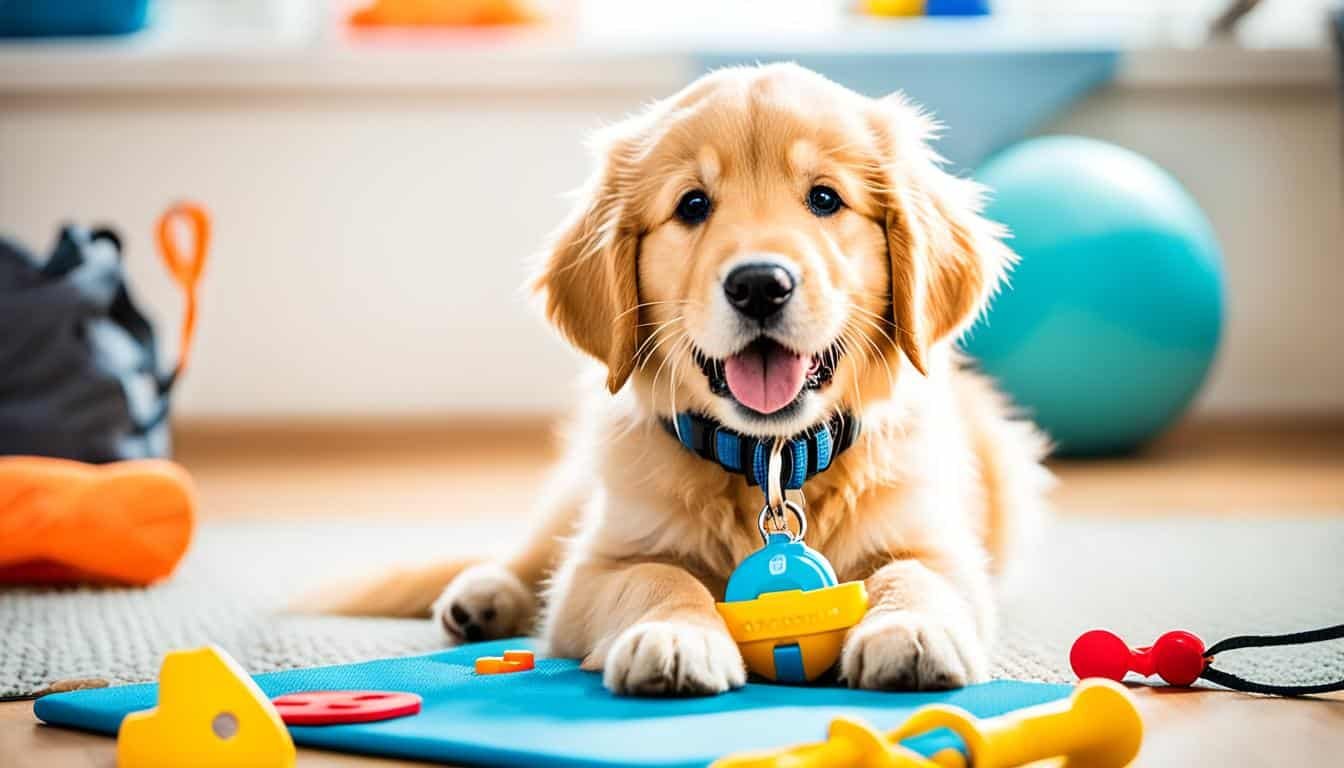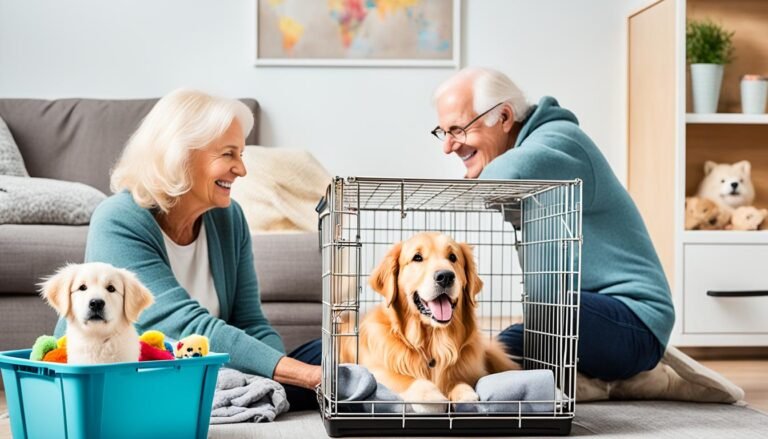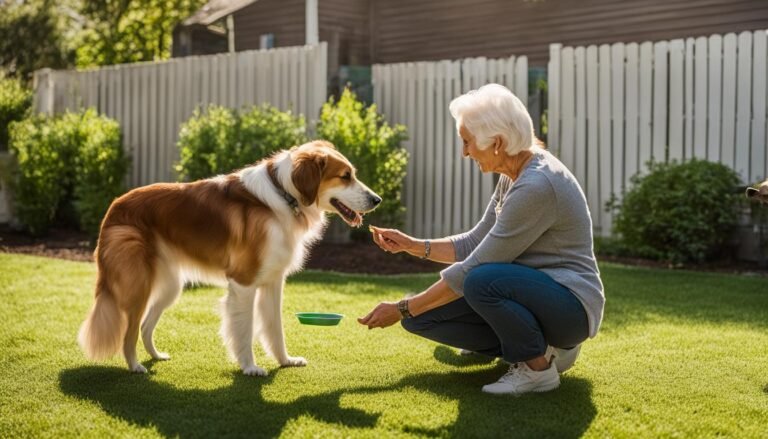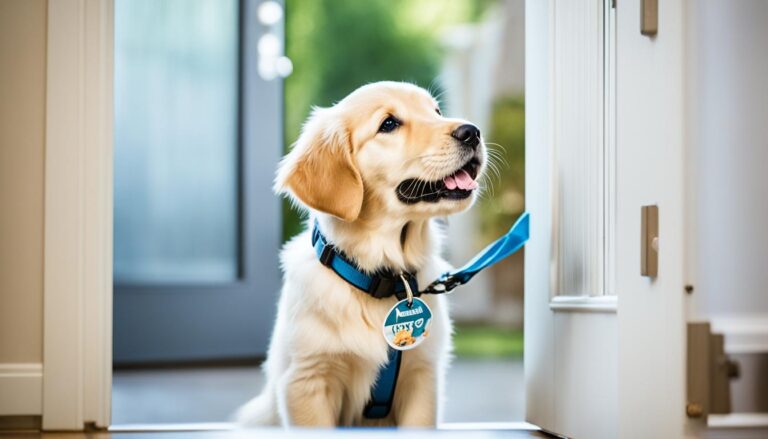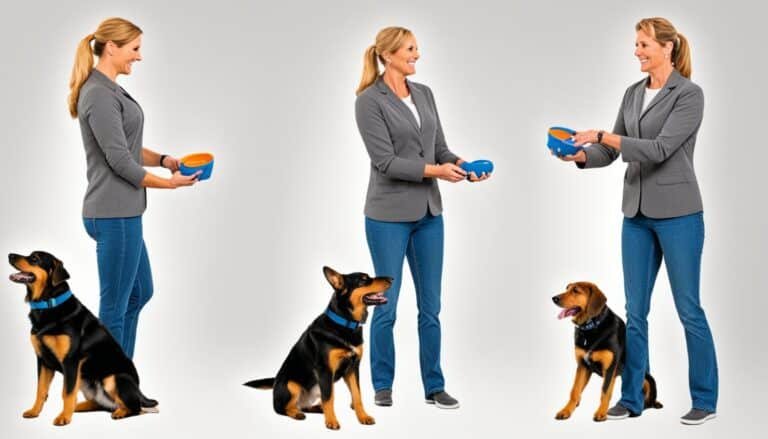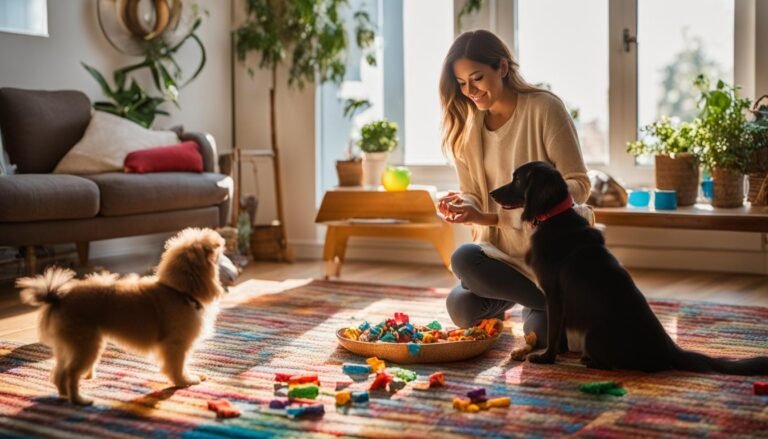When to Start Training a Dog
Getting a new puppy is an exciting time filled with joy and anticipation. You can’t wait to bring your furry friend home and start creating memories together. But amidst all the excitement, there’s one question that often arises: when is the best time to start training your puppy?
Meet Sarah, a dedicated dog lover who recently welcomed a beautiful Golden Retriever puppy named Bailey into her family. From the moment Bailey stepped paw into their home, Sarah knew she wanted to give her the best start in life. She had heard that early training was crucial for a well-behaved and happy dog, but she wasn’t sure when to begin.
With a puppy in one hand and a wealth of information in the other, Sarah eagerly set out on researching the best age to start puppy training. After reading numerous articles and speaking to experienced dog trainers, she discovered an important guideline: training should begin as soon as you bring your puppy home, typically around 8 weeks of age.
This image shows an adorable puppy sitting attentively, ready to start their training journey.
Sarah realized that starting training at this early age would allow Bailey to form good habits and understand basic obedience commands like sit, stay, and come. It was the perfect opportunity to establish a routine and be consistent in her training approach. Armed with positive reinforcement techniques and lots of patience, Sarah was ready to embark on this exciting journey of puppy training.
Are you wondering when to start training your own furry friend? Stick around as we dive deeper into the topic and provide you with valuable tips and insights on how to effectively train your puppy.
Tips for Effective Puppy Training
When it comes to training your new puppy, it’s important to use effective techniques that will help them learn and develop good behaviors. Here are some tips to make your puppy training journey a success:
- Use your puppy’s food for training: Make use of your puppy’s regular meals as a valuable resource and motivation during training sessions. By having your puppy work for their food, you can reinforce positive associations with you as their trainer. It’s a win-win situation!
- Be patient and consistent: Puppies have short attention spans and may make mistakes during training. Be patient with them and remember that consistency is key. Stick to a regular training routine and use the same commands and cues each time.
- Practice, practice, practice: Repetition is key when it comes to training. Reinforce learned commands and encourage good behaviors by practicing them frequently. This helps your puppy solidify their understanding and makes training more effective.
- Start training in different environments: It’s important for your puppy to generalize their training to various situations. Start training in different environments, gradually increasing the level of distraction. This will help your puppy become comfortable and obedient in any setting.
- Use positive reinforcement: Positive reinforcement, such as treats, praise, and play, is a powerful tool in puppy training. Reward your puppy when they exhibit desired behaviors to reinforce those behaviors and motivate them to continue learning.
Remember, puppy training is a gradual process that requires patience, consistency, and positive reinforcement. By following these tips, you can set your puppy up for success and enjoy a well-behaved and happy companion.
Puppy Training Timeline by Age
Training your puppy from a young age is crucial in helping them develop good behaviors and become well-adjusted adult dogs. Here is a timeline highlighting important training milestones for puppies:
-
8 Weeks Old
At 8 weeks old, your puppy is ready to start their training journey. Begin by focusing on basic commands such as sit, stay, and come. Use positive reinforcement, such as treats and praise, to reward desired behaviors.
-
Potty Training
Potty training should also start at 8 weeks old. Establish a schedule for regular potty breaks and use positive reinforcement when your puppy eliminates in the appropriate spot.
-
Crate Training
Introduce your puppy to crate training at this age to create a safe and independent space for them. Make the crate a positive and comfortable environment by adding bedding and toys.
-
Socialization
Start socializing your puppy with family members and close friends. Expose them to different people, sounds, and environments to help them build confidence and become well-socialized dogs.
-
Name Recognition and Chewing
Teach your puppy to recognize their name by using it consistently during training sessions and daily interactions. Redirect their chewing and mouthing behaviors to appropriate toys and discourage biting.
-
Additional Commands and Leash Training
By 12 weeks old, your puppy can learn more commands, such as “down” and “leave it.” Start introducing leash training, gradually increasing the duration and distance of walks.
-
Continued Socialization
Continue exposing your puppy to new experiences, people, and animals. Join puppy classes or organize playdates to further enhance their socialization skills.
-
6 Months Old
By 6 months old, your puppy is ready for more advanced training in public and distracting settings. Keep reinforcing the previously learned commands and introduce new challenges.
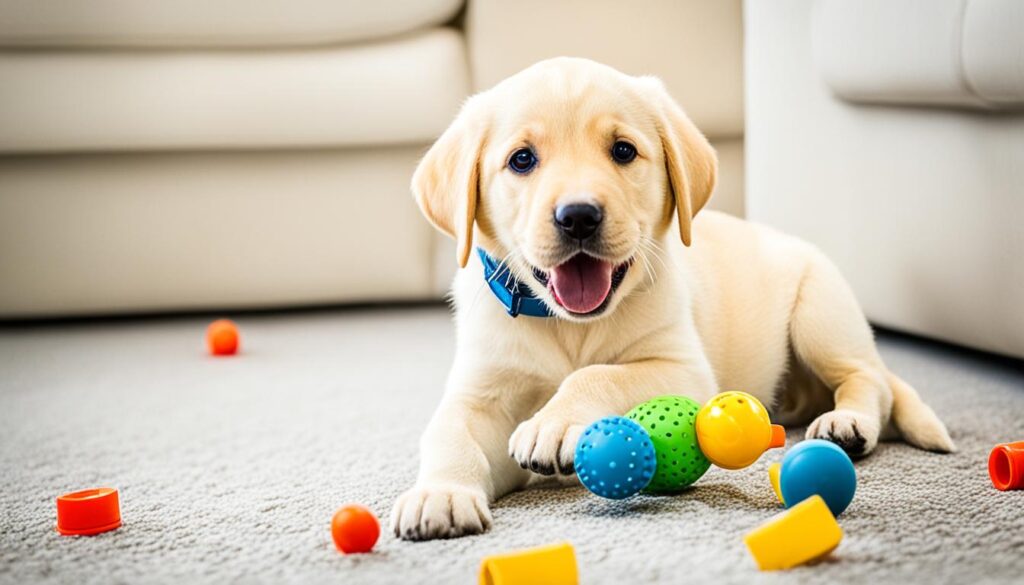
Teaching Specific Commands
When it comes to training your dog, teaching specific commands is essential for effective communication and a well-behaved companion. Whether you’re teaching a dog to come when called, encouraging loose-leash walking, or mastering commands like sit, lie down, and stay, consistency and positive reinforcement are key.
Teaching a Dog to Come When Called
To teach your dog to come when called, start in a quiet, distraction-free area. Begin with short distances and use a positive, upbeat tone to call your dog’s name followed by the command “come.” When your dog responds and comes to you, reward them with treats and praise. Gradually increase the distance and introduce distractions to reinforce the command in various environments.
Teaching Loose-Leash Walking
To teach your dog loose-leash walking, start by rewarding them for walking calmly beside you. Use treats or verbal cues as positive reinforcement. Begin in a low-distraction environment and gradually add more distractions. When your dog pulls on the leash, stop walking and wait for them to relax before continuing. Consistency and patience will help your dog learn to walk politely on a leash.
Teaching a Dog to Sit
To teach your dog to sit, you can use a capturing technique or lure them with treats. With the capturing technique, observe your dog naturally sitting and immediately reward them with treats and praise. Alternatively, you can hold a treat close to your dog’s nose and slowly move it upward, which prompts them to naturally sit. Reward them when they complete the action and repeat the process until they understand the command.
Teaching a Dog to Lie Down
Similar to teaching a dog to sit, you can use either the capturing technique or a food lure to teach your dog to lie down. Observe your dog naturally lying down and immediately reward them. Alternatively, hold a treat close to their nose and slowly move it towards the floor, encouraging them to lie down. Reward them once they’re in the lying down position and repeat the process until they respond consistently.
Teaching a Dog to Stay
To teach your dog to stay, start with short durations and gradually increase the time as your dog becomes more comfortable. Stand in front of your dog and give the verbal command “stay” while holding your palm out in a stop signal. Take a step back, wait a few seconds, then return to your dog and reward them. Gradually increase the distance and duration, always reinforcing the release cue when it’s time to move. Practice frequent repetitions to help your dog understand and master the stay command.
Remember, patience, consistency, and positive reinforcement are key to teaching these specific commands successfully. By investing time and effort into training, you’ll build a strong bond with your dog and have a well-behaved companion by your side.
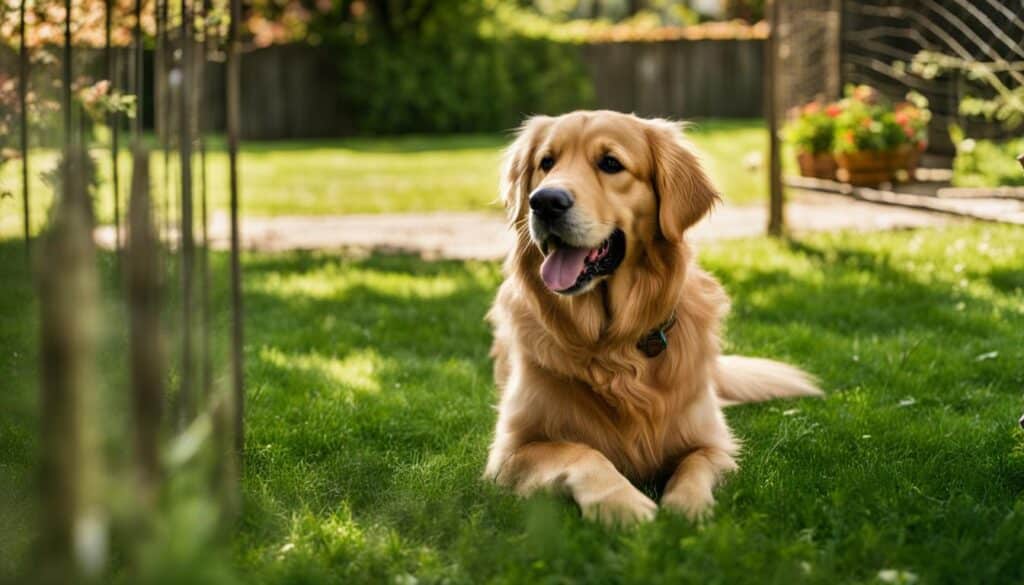
Getting Started with Puppy Training
To get started with puppy training, it’s important to establish clear expectations and use positive reinforcement as the foundation for your training approach. Begin by teaching your puppy simple commands such as sit and come, using treats as rewards to motivate them. Keep your training sessions short, about 5 to 10 minutes each, to avoid overwhelming your puppy.
Consistency is key in puppy training. Use consistent cues for each command and reinforce desired behaviors consistently. This will help your puppy understand what is expected of them. Make sure to end each training session on a positive note, celebrating their successes and progress.
Practicing in different environments can help your puppy build confidence and adaptability. Start training at home and gradually introduce new environments with different distractions to challenge your puppy’s focus. This will prepare them for real-world situations and make their training more effective.
Remember, patience is essential in your puppy’s learning process. It’s normal for them to make mistakes and take time to understand commands. Maintain a consistent routine and keep training sessions fun and rewarding. This will create a positive learning environment and strengthen the bond between you and your puppy.
